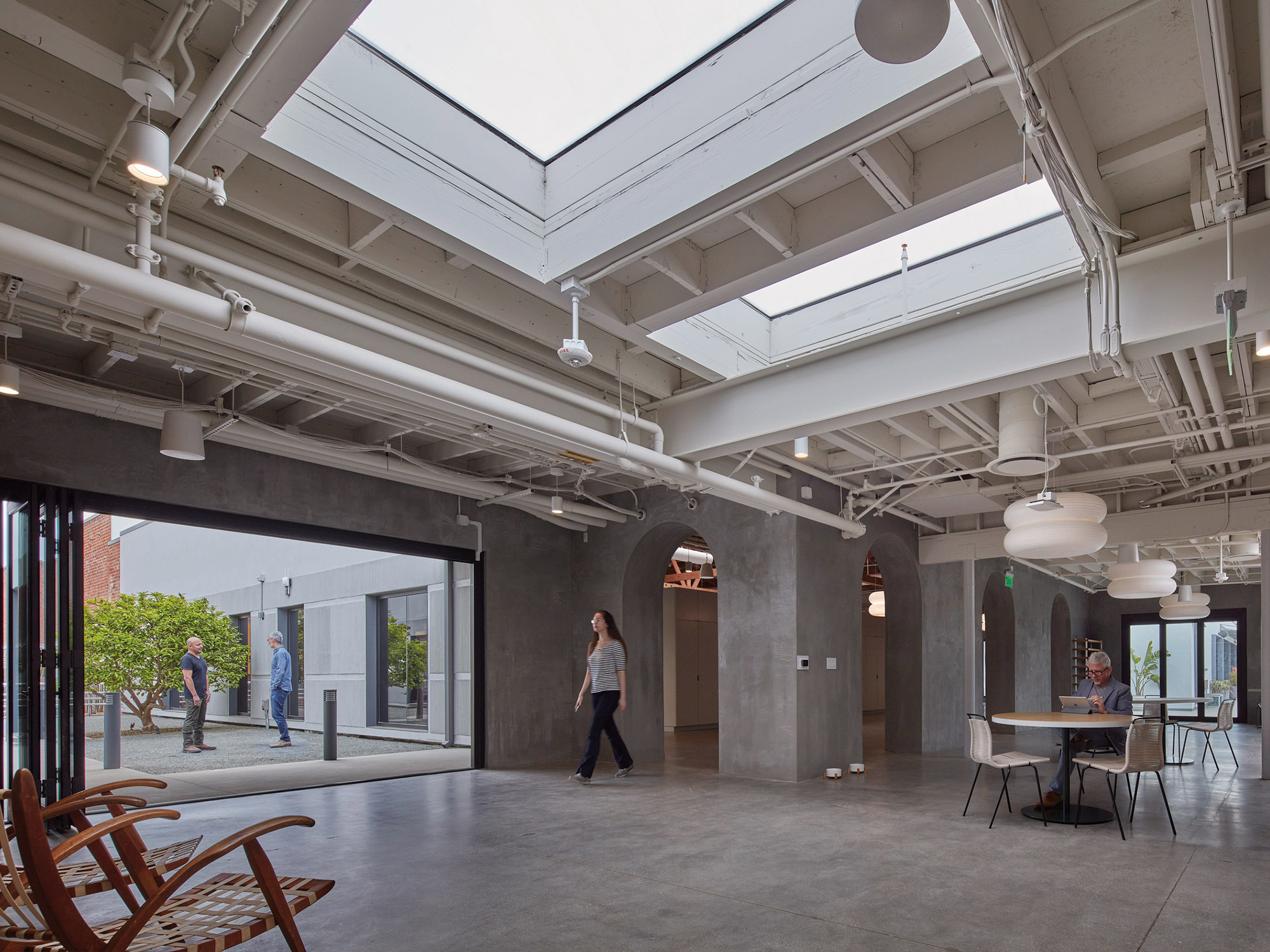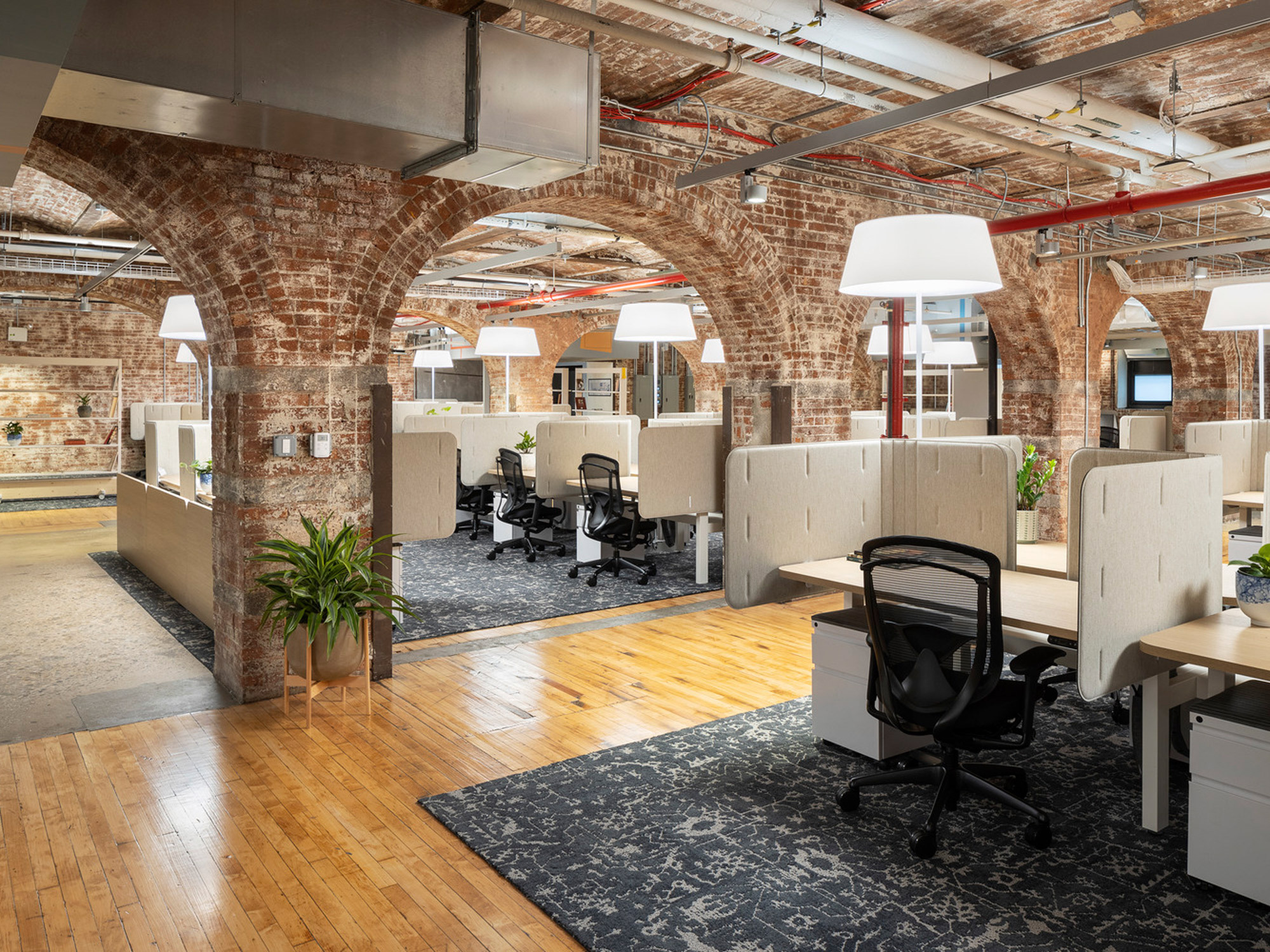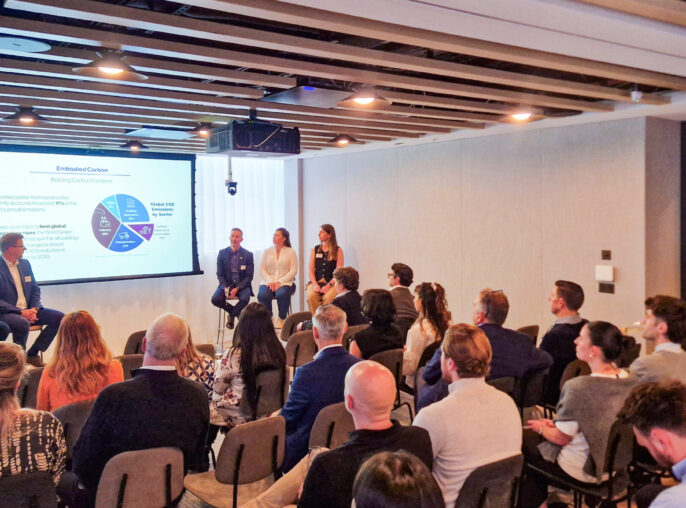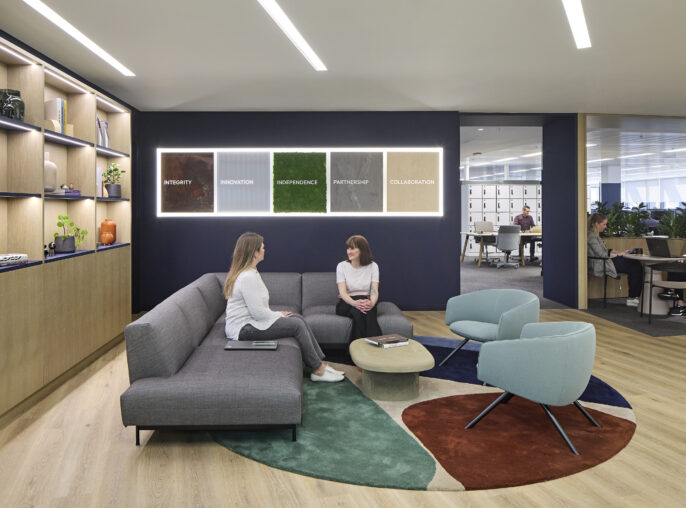The Benefits and Challenges of Adaptive Reuse

Adaptive reuse is the process of repurposing existing buildings for new uses. It has gained momentum in recent years as developers and architects look for more sustainable and culturally grounded ways to grow. By giving older buildings a second life, adaptive reuse can preserve the local character of the area while reducing waste and support more flexible urban development. But while the benefits are clear, the approach comes with its own set of challenges.
Environmental and Economic Value
One of the most compelling reasons to pursue adaptive reuse is its environmental value. Construction generates a large portion of global waste and emissions, much of it tied to demolition and new materials. Reusing a building’s structure avoids many of those impacts. Materials such as concrete, steel, and brick carry a heavy carbon footprint, and preserving them reduces the need to extract and manufacture more. In many cases, reuse also shortens construction timelines and lowers material costs.

Access to Established Locations
There’s also the value of location. Many buildings suitable for reuse are already in central, well-connected parts of a city. This makes them ideal for new uses like offices or housing. Instead of expanding outward, cities can use their existing fabric more efficiently.
Architectural Culture and Identity
Older buildings often come with architectural details that are difficult to replicate today. When preserved well, these features become assets, not just visually, but as part of a building’s identity. Adaptive reuse projects often become landmarks and can attract interest simply because they carry a sense of history.

Hidden Issues and Compliance Gaps
However, working within an existing structure brings complexity. Old buildings may have hidden issues: outdated mechanical systems, structural concerns, or materials no longer considered safe. Asbestos, lead paint, or insufficient insulation can introduce both health risks and additional cost. Renovating to meet current codes, including accessibility and energy efficiency standards, can be challenging when the building wasn’t designed for them.
Design Constraints
Another consideration is design flexibility. A structure built for one use may not easily support another. Floor heights, window placement, or load-bearing walls might limit layout options. In some cases, creative compromises are needed to balance preservation with function.
Preserving the Past While Building for the Future
Despite these challenges, adaptive reuse continues to appeal to developers looking for smarter ways to build. When done well, it honors the past while making thoughtful use of existing resources, resulting in spaces that carry a strong sense of identity and remain meaningful over time. The process isn’t always easy, but the long-term value often makes it worth the effort.


